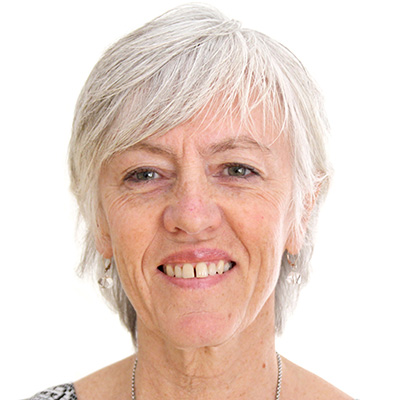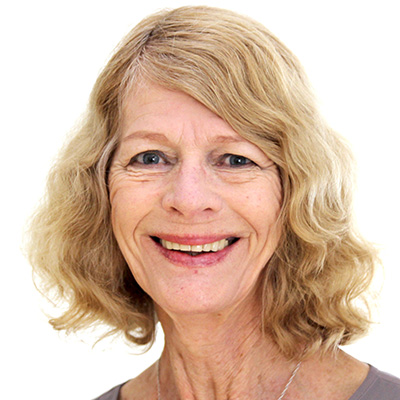Student teachers learning in the practice field

Collaborative Learning and the TEC (Tecnology, Education and Cultural Diversity) Projects
March 10, 2019
How research on reflection has changed my view on reflective practice
March 23, 2019Student teachers learning in the practice field


Learning in two arenas
Teacher education takes place in two learning arenas, the university and the practice field. It is however the practicum that is most valued among student teachers (Korthagen 2010, Kvernbekk 2012). We, the three authors of this text, wanted through a study to learn more about what and how students learn during field practice and to understand how practice can interact with the university coursework to enhance professional competencies.
The study
Here we will give a brief summary of findings from the study, conducted in three different Norwegian teacher education programmes that prepare for secondary school (see more in Ulvik, Helleve & Smith, 2017). The study is based on three focus group conversations with 21 student teachers from three different teacher education programmes at two different universities.
What practice is for
Teaching is a complex endeavour. In the practice part of teacher education students experience the complexity of teaching and are exposed to the socio-cultural aspects of a workplace (Trede & McEwen, 2015). Even though they have been students in schools for years, they are now allowed to go ‘backstage’, as one of them describes it. However, in teacher education it is not enough to prepare for work. Knowledge cannot be transferred from one text to another, and teachers always have to consider unknown situations. Furthermore, a mission in higher education is to cultivate critical thinking. Teachers also should be able to question existing practice.
What and how student teachers learn
The findings show that all the students enjoyed practice, but there were considerable differences among workplaces. While some students were included in the workplace and treated like colleagues, others felt more like pupils. Consequently, the access they got to knowledge was very different. Furthermore, the students describe very different attitudes and beliefs among mentors. We have divided the mentors’ response into three main categories:
- The first group tend to tell students what to do and thereby to promote fixed standards.
- The second group leave the students to their own trial and error, and tell them that they have to find their own way into teaching
- The third group promotes dialogue. They listen to the student teachers and encourage them to try different ways of teaching, but they also share their own experiences with the student teachers.
We found, furthermore, that student teachers cannot be seen as a uniform group. While some students appreciate different mentors who give them a variety of examples, others want more guidelines. Most students also value theoretical knowledge that can offer alternatives and explanations. However, a common experience was that mentors do not ask for theoretical explanations.
Practice left to chance
Professional knowledge draws on practical as well as on theoretical knowledge, and the two fields offer different learning experiences that can complement each other. In our study we found that the two were not connected. Even if university based teacher educators visited students during their practicum, the two arenas are from students’ perspective perceived as disconnected and not utilised as they could have been. We did not find any examples where practitioner and academic knowledge were brought together in a so-called ‘third space’ (Zeichner 2010). What we found were great differences among workplaces and mentors. (It seems that) Apparently, practice was more or less left to chance and thereby seen as training more than an important part of teacher education. We suggest a quality-assurance of the work-placement as regards the quality of mentoring as well as the working conditions of the students.
References
Korthagen, F. (2010). How teacher education can make a difference. Journal of Education for Teaching, 36(4), 407–423.
Kvernbekk, T. (2012). Argumentation in Theory and Practice: Gap or Equilibrium? Informal Logic, 32(3), 288–305.
Trede, F. & McEwen, C. (2015). Early workplace learning experiences: what are the pedagogical possibilities beyond retention and employability? Higher Education, 69(1), 19–32.
Ulvik, M., Helleve, I., & Smith, K. (2017). What and how student teachers learn during their practicum. Professional Development in Education, 44(5), 638-649.
Zeichner, K. (2010). Rethinking the connections between campus courses and field experiences in college- and university based education. Journal of Teacher Education, 61(1-2), 89–99.


 Marit Ulvik is a professor at the Department of Education at the University of Bergen in Norway. Her main research interests are professional development and “Bildung”, including research on teacher educators, teacher education, newly qualified teachers, mentoring, action research and teaching. She has published in national and international journals and books.
Marit Ulvik is a professor at the Department of Education at the University of Bergen in Norway. Her main research interests are professional development and “Bildung”, including research on teacher educators, teacher education, newly qualified teachers, mentoring, action research and teaching. She has published in national and international journals and books.  Ingrid Helleve is a professor at the The University of Bergen (Department of Education). She is part of the Teacher Professionalism and Education research group. Her research interests are related to professional development and to challenges in the introduction of computer technology in schools for all parties in the education system.
Ingrid Helleve is a professor at the The University of Bergen (Department of Education). She is part of the Teacher Professionalism and Education research group. Her research interests are related to professional development and to challenges in the introduction of computer technology in schools for all parties in the education system. Kari Smith is a professor at the Norwegian University of Science and Technology (NTNU) in Norway. She is the forum manager of InFo-TED and the Head of the Norwegian National Research School in Teacher Education (NAFOL). Her main research interests are teacher education, professional development, mentoring novice teachers and assessment for and of learning.
Kari Smith is a professor at the Norwegian University of Science and Technology (NTNU) in Norway. She is the forum manager of InFo-TED and the Head of the Norwegian National Research School in Teacher Education (NAFOL). Her main research interests are teacher education, professional development, mentoring novice teachers and assessment for and of learning.

